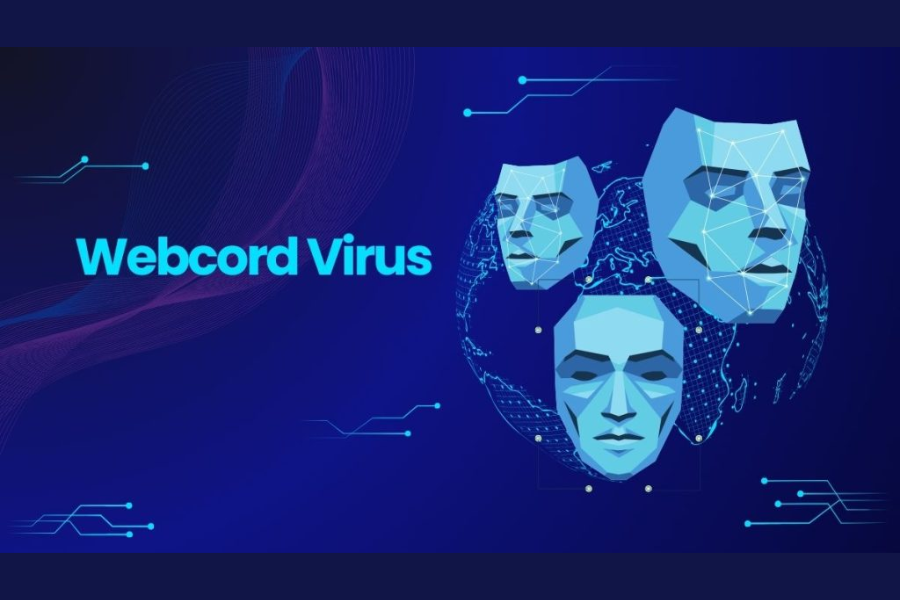Cybersecurity threats, like as the WebCord virus, pose serious hazards to individuals and organizations in today’s interconnected digital world. This extensive manual seeks to give readers a complete grasp of the WebCord virus, including information on its mechanics of action, infection signs, preventative measures, and efficient eradication techniques. You may prevent this sneaky spyware from harming your digital surroundings by paying attention to these tips and taking preventative action.
Introduction
The WebCord virus’s appearance in recent years has highlighted how important it is to have strong cybersecurity procedures. This malicious malware targets both personal computers and organizational networks, infecting systems using trickery including phishing emails, hijacked websites, and false software upgrades. The WebCord virus can cause chaos by stealing confidential information, interfering with system functions, and jeopardizing system integrity once it gets inside.
Understanding the WebCord Virus
What is the WebCord Virus?
The WebCord virus belongs to the category of malware designed to infiltrate and compromise computer systems. Its primary objectives include data theft, system disruption, and unauthorized access. Often distributed through phishing emails, malicious downloads, and compromised websites, the WebCord virus operates stealthily, evading detection while causing significant harm.
How Does the WebCord Virus Spread?
This malware spreads through various vectors:
- Phishing emails: These are unscrupulous emails that fool recipients into opening infected attachments or clicking on dangerous links.
- Malicious Downloads: Infected files from untrusted sources can introduce the virus into the system.
- Compromised Websites: Accessing compromised websites may cause the virus to download automatically.
- Network Exploits: The virus can spread over linked devices by taking advantage of flaws in network security mechanisms.
Symptoms of a WebCord Virus Infection
Detecting a WebCord virus infection can be challenging but crucial. Look out for:
- Performance Issues: Sluggishness, frequent crashes, and delayed response times.
- Unusual Network Activity: Increased data transfers, unauthorized access attempts.
- Unauthorized Changes: Modifications to system settings, file accessibility issues.
- Pop-up Ads and Redirects: Unexpected ads and browser redirects indicate potential infection attempts.
Protection Against the WebCord Virus
Preventive Measures:
- Get your antivirus software up to date: Utilize reputable antivirus software to identify and prevent malware.
- Enact Firewall Security: Install firewalls that can filter both incoming and outgoing traffic to prevent unauthorized access.
- When sending emails, be careful: Do not open attachments or click on links from unknown sources.
- Ordinary Programming Updates: Continue to work frameworks and applications state-of-the-art to fix weaknesses.
Removing the WebCord Virus
Steps to Remove the WebCord Virus:
- Cut Off Your Internet Connection: Cut Off your internet connection to stop additional data eavesdropping.
- To stop pointless startup processes, restart your computer in safe mode.
- Conduct a virus scan: Antivirus software can be used to thoroughly inspect your system and either quarantine or remove any malware that is found.
- Delete Temporary Files: Clear temporary files to eliminate residual virus components.
- Restore System Settings: Use System Restore to revert to a previous stable state if necessary.
- Seek Professional Help: Consult cybersecurity experts for advanced malware removal tools and techniques if the infection persists.
Conclusion
In today’s digital world, the WebCord virus is a serious issue because it can seriously harm both individual and corporate computers. Businesses and individuals can reduce the risks connected with this malware by installing strong cybersecurity measures, identifying early infection symptoms, and comprehending its modes of operation. Avoiding the WebCord virus and other emerging cyberthreats requires constant vigilance, updates, and intelligent online behavior.
To sum up, the implementation of proactive cybersecurity measures in conjunction with rapid reaction tactics is crucial for safeguarding against the WebCord virus. In the face of ongoing cyber threats, you may successfully safeguard your digital assets and keep a secure computer environment by remaining aware, utilizing best practices, and utilizing technical defenses.
